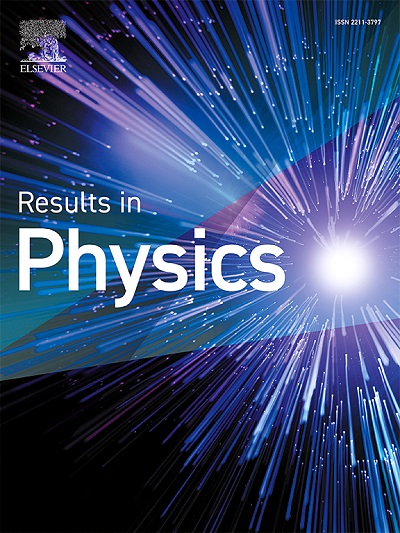Simulation of vortex ion generation from a cold atom ion source
IF 4.4
2区 物理与天体物理
Q2 MATERIALS SCIENCE, MULTIDISCIPLINARY
引用次数: 0
Abstract
Vortex waves with orbital angular momentum (OAM) have garnered significant attention since their appearance due to their unique properties. Vortex beams are experimentally demonstrated with photons, electrons, neutrons, and atoms. However, it is still challenging to make ions with large masses produce vortex states. This study describes a scheme for generating vortex ion beams with a cold atom ion source (CAIS). In CAIS, ions are obtained by near-threshold photoionization rubidium atoms in magneto-optical trap (MOT). We investigate the propagation properties of the rubidium ion beams through simulations. In the simulation, rubidium ions extract from the CAIS and generate vortices by diffracting with holograms, where the phase of the wavefunction is changed. We analyze in detail the structure and voltage of the CAIS and propose a feasible scheme for generating vortex ions in laboratory experiments. Additionally, we propose two alternatives, one is to reduce the velocity of the ions lower, another is to use a magnetic needle to generate vortex ions. These proposals provide a new pathway for future explorations into the generation and properties of vortex ion beams.
求助全文
约1分钟内获得全文
求助全文
来源期刊

Results in Physics
MATERIALS SCIENCE, MULTIDISCIPLINARYPHYSIC-PHYSICS, MULTIDISCIPLINARY
CiteScore
8.70
自引率
9.40%
发文量
754
审稿时长
50 days
期刊介绍:
Results in Physics is an open access journal offering authors the opportunity to publish in all fundamental and interdisciplinary areas of physics, materials science, and applied physics. Papers of a theoretical, computational, and experimental nature are all welcome. Results in Physics accepts papers that are scientifically sound, technically correct and provide valuable new knowledge to the physics community. Topics such as three-dimensional flow and magnetohydrodynamics are not within the scope of Results in Physics.
Results in Physics welcomes three types of papers:
1. Full research papers
2. Microarticles: very short papers, no longer than two pages. They may consist of a single, but well-described piece of information, such as:
- Data and/or a plot plus a description
- Description of a new method or instrumentation
- Negative results
- Concept or design study
3. Letters to the Editor: Letters discussing a recent article published in Results in Physics are welcome. These are objective, constructive, or educational critiques of papers published in Results in Physics. Accepted letters will be sent to the author of the original paper for a response. Each letter and response is published together. Letters should be received within 8 weeks of the article''s publication. They should not exceed 750 words of text and 10 references.
 求助内容:
求助内容: 应助结果提醒方式:
应助结果提醒方式:


